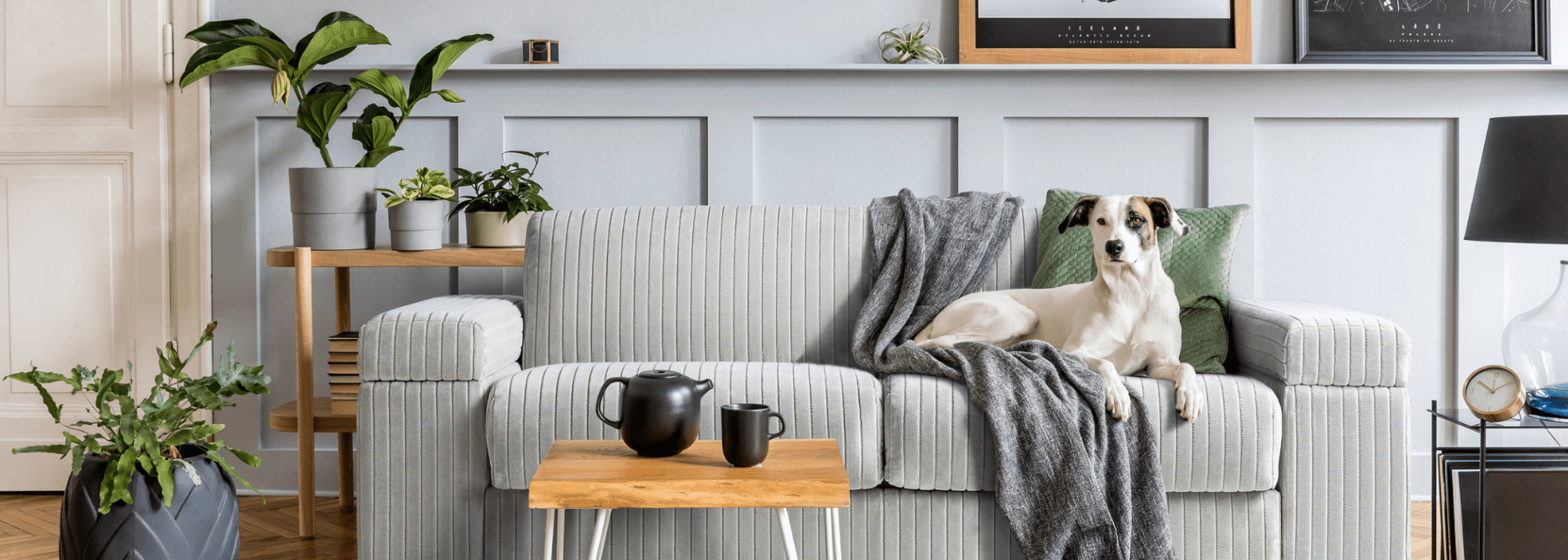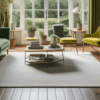When you move into a new home, there’s nothing quite as liberating as choosing new suites, flooring, or the individual colour schemes for each room. Quite often, an interior designer will encourage people to decorate rooms based on moods and emotions. So for example, a living room might want to make people feel warm and welcome, so an interior decorator might suggest deep oranges and soft reds, and there is a handy tool to find out how this works.
Use a colour wheel
Many interior decorators will use a mood board or colour wheel to help them choose a colour scheme. The colours on the left side of a colour wheel are seen to be cool or cold colours, and those on the right are viewed as warm or hot. Neutral colours, including black, grey, and white, don’t appear on colour wheels, though they are the easiest colours (or non-colours) to work with. It’s also an idea to think of an accented colour, one used in small quantities that works complementarily with the main colours.
Overall it is best to use shades and variations of one single colour so that they are harmonious and supported with an accented colour.
Consider natural colours and themes
If you’re purchasing any type of solid wood flooring, whether our beautifully dark American Black Walnut or our handsomely light Dameron French Oak, it’s definitely time to start thinking about natural colours for the living room. It is often said that flowers are perfect for looking at complementary colours when you’re looking to take a little inspiration from nature, but if you want something a little more harmonious and relaxing, soft golds, pale browns, and copper inspired colours can set the tone perfectly. Although beach and ocean themes often utilised in bathrooms, you can still take note from rugged coasts by taking inspiration from slate grey pebbles and muted browns and caramels.
Use psychology to make the most from colours
At the same time however, it is possible to make a room feel physically warmer by using sunny or deep yellows and other warm colours complimented with wooden flooring and furniture to keep it fresh. You can also make a large room feel cosier by using warmer shades on the ceiling, tricking the eyes into believing that it is far lower. If you have a particularly large living room, you can also evoke a more intimate feeling by breaking a room down into zones.
Painting one wall a few shades darker than the rest of the room, or by using bright colours around windowsills, you can also give a living room some sort of focal point. Although if you live in the UK, you might not want to think too much about being cool, if you happen to be decorating a house abroad, it’s best to consider things on the opposite side of the colour wheel. Light blues, greens, and purples have the ability to soothe the senses, fooling the mind into thinking that it is in a cooler climate.
Let it be you
At the end of the day, whatever colour scheme you happen to choose, it’s important that you let it flow with your own style and personality. From the cushions on your sofa, to the rugs you buy for your floor, a living room, and a home needs to be able to say “you.” And there’s probably nothing more important than that.


